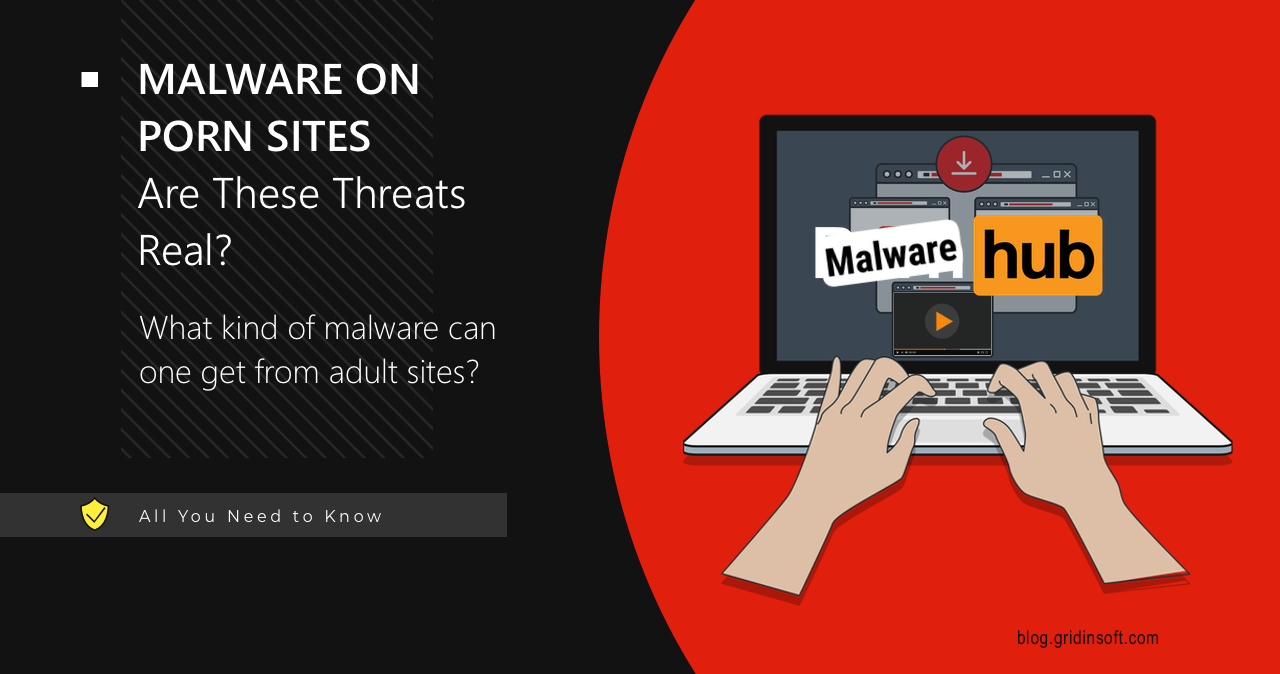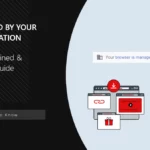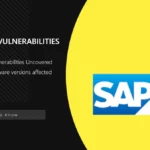Rumors and jokes about malware on porn websites have been circulating ever since such sites became popular among folks. It is a good call to a certain degree, as there were direct malware dangers in the past, and some are still present nowadays. Still, with the change of the overall malware landscape, these threats have mutated to correspond to modern circumstances. Let’s figure out what dangers are present on adult sites and whether malware on porn websites is still possible.
Malware on Porn Website: Reality or Myth?
Contrary to popular belief, visiting porn sites doesn’t automatically result in getting infected with viruses or malware. While threats can indeed come from porn sites, they are usually the result of specific interactions with malicious content rather than simply visiting the site. And things that one may get from an adult site rarely fit into the classic definition of malware: it is more on the side of junkware and malicious extensions.
To bring in more details, we need to clarify what we mean by “porn sites”. The fact is, there are two types of porn sites: legit, renowned ones, that have subscription services and overall are well-recognized, and shady pages that may stick to random monetization options. In this case, the risk of getting malware on porn website is not higher than, say, on YouTube. And overall, they do not have any motivation to switch to malignant activity: subscription price multiplied by the volume of users gives more than enough profit.

The story is different for those shady sites. Unlike the former, they may range from being as well safe, or bear significant malware threat. Since the main objective of such sites is to make money as quickly as possible, the presence or absence of malware or viruses on a site only depends on how deep down the rabbit hole the site masters are ready to dive. Let’s take a closer look at how this works.
Why Do Some Porn Sites Have Viruses?
The main way shady sites make money is through advertising, or dirty traffic arbitrage tricks. In simple terms, the latter is when a shady actor buys traffic (visitors) at one price and then redirects those visitors to other sites where they are paid more. Thing is – these actors rarely care about the end site being safe for the user. And that is the source of all the further dangers for them.
Best bidders of that scheme are ones who will make money on the user with the biggest chance. And those are most often malicious actors or someone who trick people into doing a compromising action. This gives out the list of potential threats: phishing sites, malware distributing pages, pop-up ads spam pages and so on.
Malware Threats From Porn Sites
Now that we’ve established why porn sites might contain threats or malware, let’s discuss the risks and consequences of visiting such sites. Beyond exposing people to malware, there are several other risks, including the collection of confidential information, financial loss, and even psychological harm.
Redirects
Automatic redirects are a main source for most of the threats we’ve discussed. They can lead users to websites that host malware, engage in fraudulent schemes, or display aggressive advertising. Low-quality sites often use this tactic for several reasons: firstly, they engage in mutual promotion by redirecting users from one site to another. This often appears as a “Play” button, which, when clicked, takes the user to a different site, creating a loop of endless redirections. A single click can open 3-4 windows at once, and an unsuspecting user may keep going through these sites, getting deeper and deeper into the malware scam.
In some cases, one of these windows may immediately start downloading a file, which is often malicious. The file might have a double extension, such as video.mp4.exe for desktop systems, or a fake app like player.apk for mobile devices. Another variation of this tactic involves sites attempting to install malicious browser plugins. This usually presents as the browser prompting the user to install a necessary extension for the site to function properly. And, you guessed it right, none of the programs/extensions spread in such a way are safe.
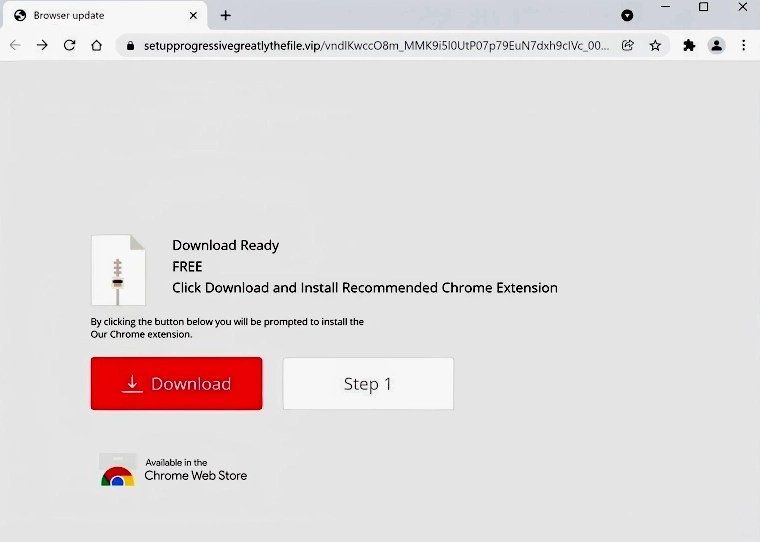
Malicious Advertisements and Push Notification Spam
Another related threat involves websites attempting to gain permission to send notifications. This works by tricking the user into allowing notifications when they try to interact with a site element, like a “Play” button. The site might request the user to confirm they’re not a robot by granting notification permissions. As a result, the site bombards the user with spam notifications, mostly filled with annoying ads but occasionally containing potentially harmful content.
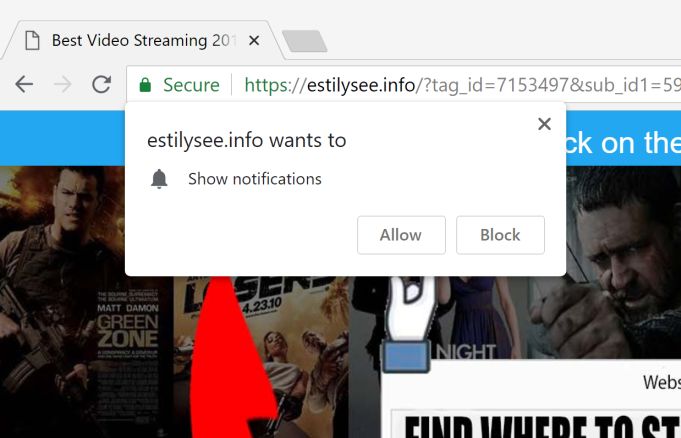
Although these notifications may seem merely annoying at first glance, they carry certain risks. First, these notifications often lead to sites that feature aggressive advertising, fraudulent offers, or illegal content. This can include redirects to sites offering fake discounts, dangerous programs, or even bogus free downloads. As mentioned earlier, these downloads may include various forms of malware – from adware to spyware or even backdoors. Once installed, the malware can steal confidential data, encrypt all files on the device, or even use the system as part of a botnet, depending on its payload.
Data Collection
There is a specific category of adult sites that threaten users not with the probability of redirection to a malicious website, but with the excessive data collection. In fact, it is not a straightforward malware on porn website, but a threat related to such site. I am talking about sketchy dating sites, ones that offer finding a pair for short-living intercourse-targeted relationships. Typically for any dating, one should fill in the information about themselves, all the way up to real address, phone number and personal photos. And that is where the danger kicks in.
You see, large dating platforms, same as any sites that handle massive amounts of sensitive data, invest a lot of resources to set up proper data protection. For a questionable dating page that was established a week ago, these resources are non-existent. Moreover, some of these sites ask for payment immediately after registration.
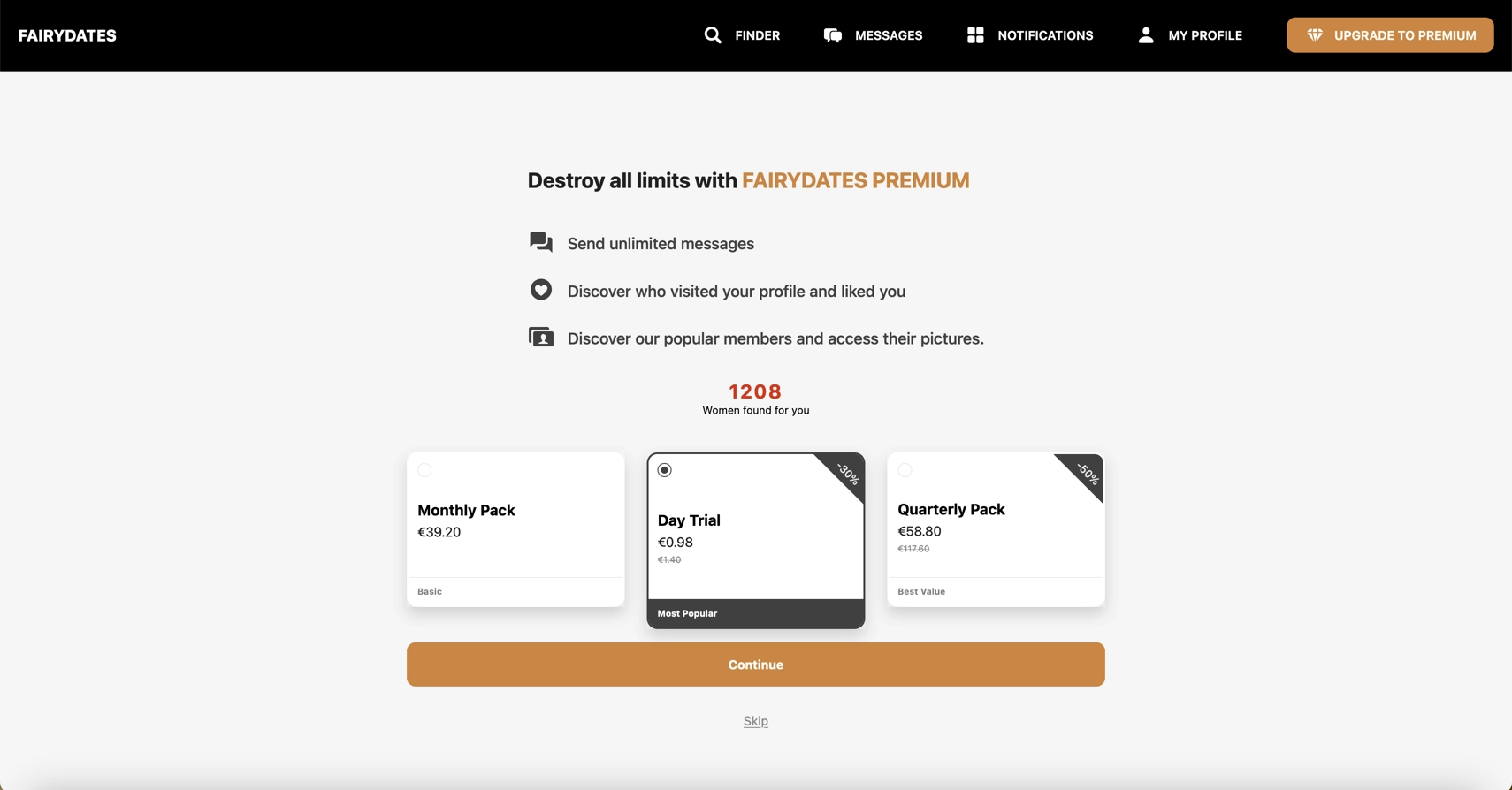
It’s worth noting that most of the profiles on these sites are fake, as we can see in the image below. Therehence, a chance of a bad actor getting their hands on all the user data, or just the site owner themself selling it to someone on the Darknet is rather high. Further, such detailed information may be on hand for threat actors in various types of phishing attacks, where they can impersonate the authority. And with all the information from such a site, it will be a rather convincing impersonation.

How to Stay Safe?
There are several tips to adhere to avoid malware risks and other threats when browsing adult sites. Though, same rules apply to a lot of other site categories, so they may be useful for much more situations.
First, avoid visiting questionable no-name sites. If you do want to view adult content, stick to well-known sites that don’t pose a threat (ask a friend for recommendations). Never download anything from these sites, don’t allow notifications, and avoid installing any extensions or add-ons. Also, refrain from sharing any personal information with websites you don’t trust.
Second, use specialized tools to protect your device from potential threats. I recommend using GridinSoft Anti-Malware, as it guards against common cyber threats and includes an Internet Security module. This will greatly reduce the chances of malware infiltrating your device. Lastly, use a proper, time-proven ad blocking extensions. They disable advertisements for free, thus decreasing malware risks by orders of magnitude.

